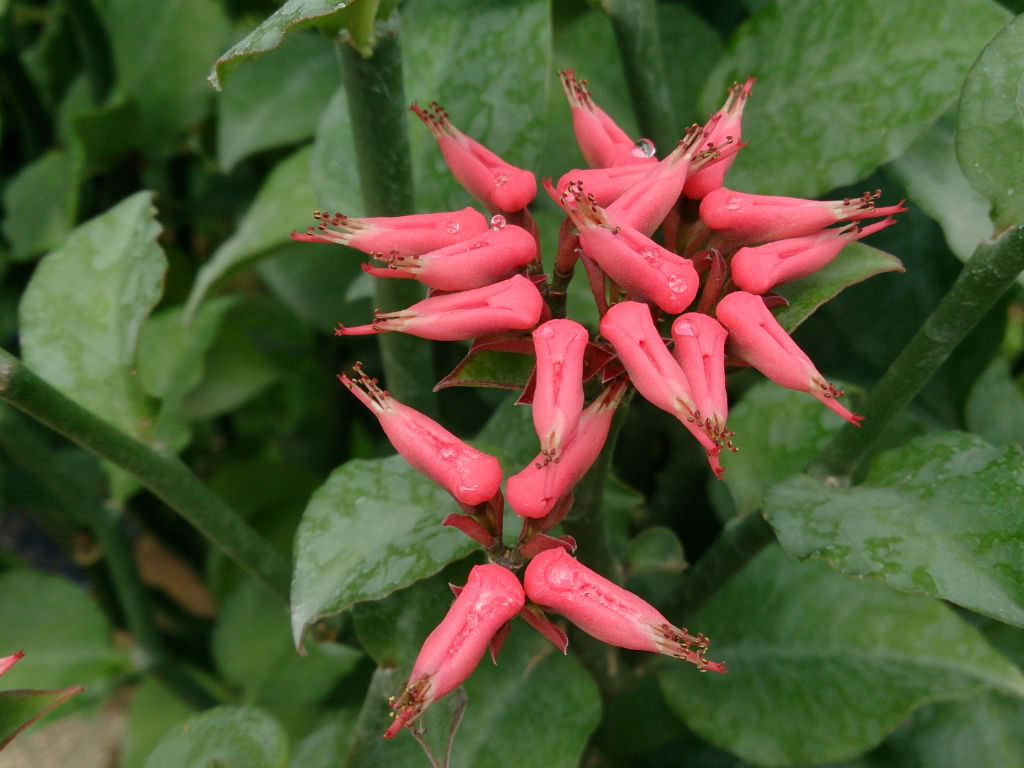
We're dedicated to eco-friendly practices that contribute to a sustainable future. Explore our wide variety of houseplants, benefit from expert plant care support, and discover thoughtful plant gift ideas for every occasion. We are here to empower citizens to cultivate joy and happiness in their own homes and local communities, through inclusivity, empathy and transparency.Īt JOMO Studio, we deliver plants from Toronto across Canada, making it even easier to bring nature indoors. We believe joy can be found in the everyday, and the power to inspire happiness is within each of us. However, I just moved into a new house and didn't realize how cold the sunroom would get in the. Living in Pittsburgh, I keep it as a houseplant, only putting it outside in the summer. The very first plant we cared for, the friends who gifted us their precious cuttings, and the special ones who supported us along our plant journey are what make us JOMO. The devil’s backbone plant, Pedilanthus tithymaloides, is a solid plant for any indoor garden and can survive outdoors in hardiness zones warmer than zone 9a. Hi, Last year I bought a great Devil's Backbone plant while on vacation. We cherish the memories, experiences, and people we've encountered on our journey with houseplants. Embracing indoor plants filled the void of being away from nature, diminished our loneliness, and helped overcome the fear of missing out.Īs we grew with our plant collection, we realized there was more to appreciate beyond instant gratification. Its ease of growth and care makes it ideal.Falling in love with houseplants was a happy accident. In general, the devil’s backbone plant is one of those that I always like to keep in my house.

Don’t try eating it and don’t feed it to your pets! The devil’s backbone plant has no known uses, culinary or medicinal, and is known to be toxic to pets. 1 An erect shrub, 2 the plant is also known by the scientific name Pedilanthus tithymaloides. It’s a very simple process that has a high rate of success. Euphorbia tithymaloides is a perennial succulent spurge. Plant in a 3-inch pot with indoor potting soil. Your cutting can go directly into the soil. Allow the cutting’s cut portion to dry and then apply rooting hormone. Remove several leaves toward the base of the stem. Wait until new growth appears and then cut from that new growth. You can propagate this plant from cuttings in the springtime.
#DEVILS BACKBONE PLANT PICTURE SKIN#
The milky sap-like substance inside of the plant can be a skin irritant and toxic to pets. The biggest problem with this plant is its potential toxicity. It can sometimes become infested with spider mites, which will appear like tiny white mites that spin very thin webbing on the plant. The devil’s backbone plant is hardy and rarely has issues with pests or disease.

You can move your devil’s backbone plant outdoors during the summer but keep your plant away from direct afternoon sunlight. It’s definitely container friendly! Just use a high-quality indoor plant potting soil and fertilize periodically with tropical plant fertilizer. This is one of those plants that does exceptionally well kept in pots indoors. Growing devil’s backbone plant in containers It doesn’t like direct sun, but will grow well in bright, indirect sun. It prefers to be planted in standard houseplant potting soil that’s kept moist. It is native to warmer parts of North America, including Florida and Central America, but isn’t known to be invasive outside of its native range.

The devil’s backbone plant, Pedilanthus tithymaloides, is a solid plant for any indoor garden and can survive outdoors in hardiness zones warmer than zone 9a. Pest resistant: Susceptible to spider mites.Toxicity: Skin irritant and toxic to pets.Fertilizer: General tropical plant fertilizer.Native to: Warm parts of North America including Central America and Florida.Other names: red bird flower, Persian lady slipper, Japanese poinsettia, rick rack plant, and Jacob’s ladder.


 0 kommentar(er)
0 kommentar(er)
